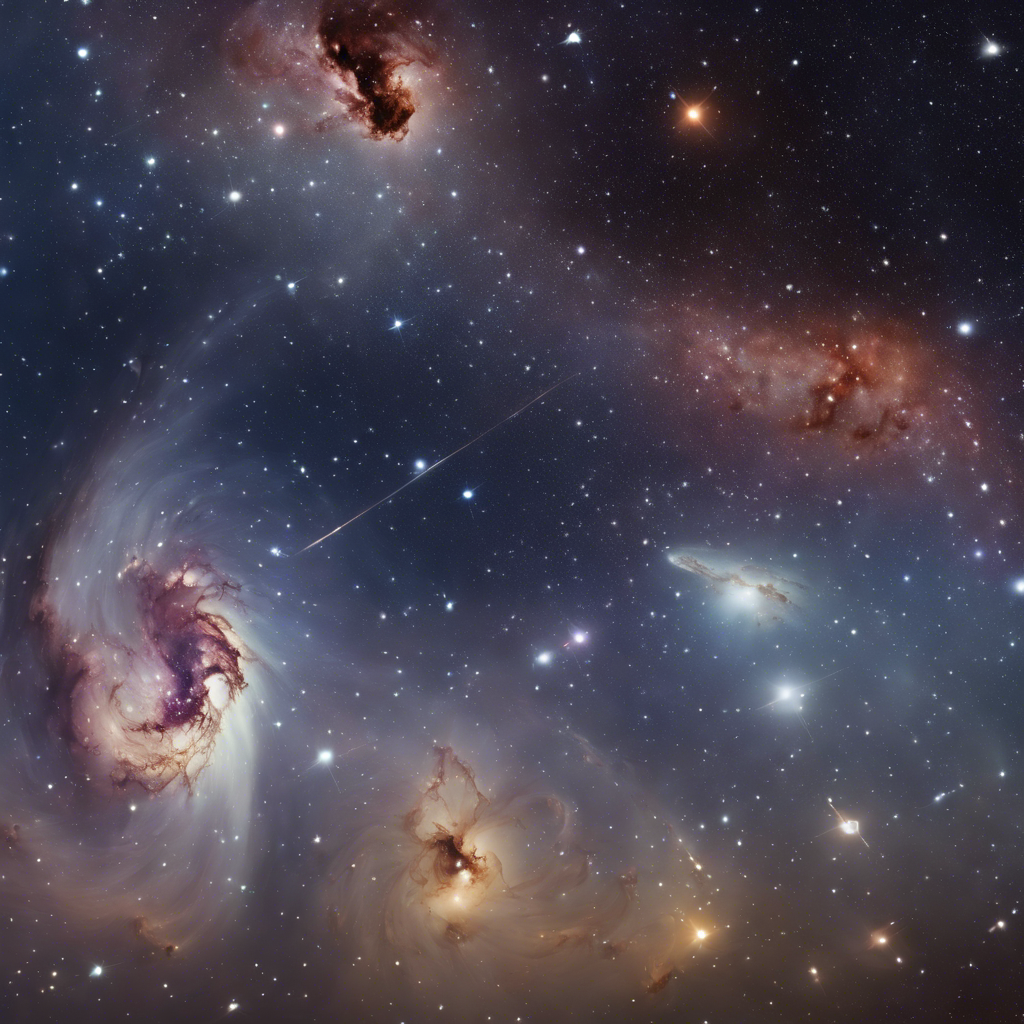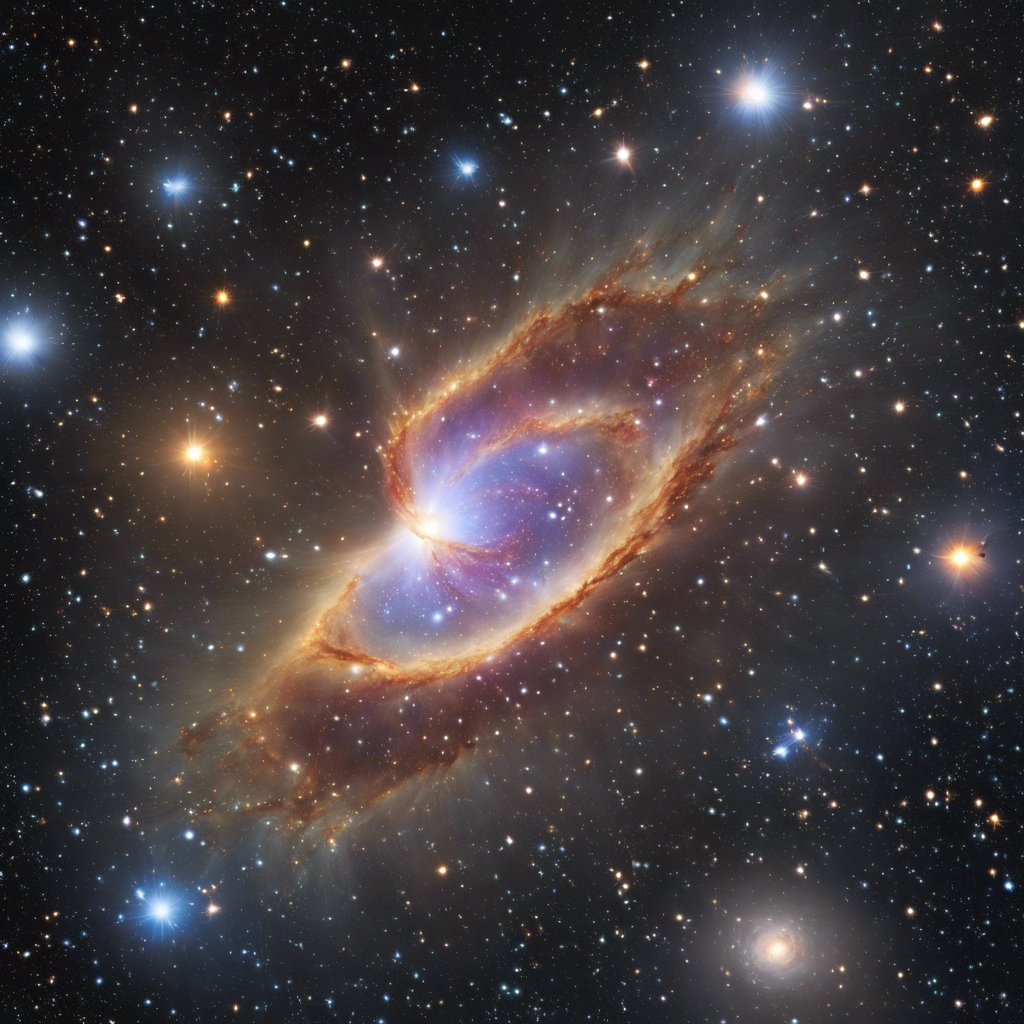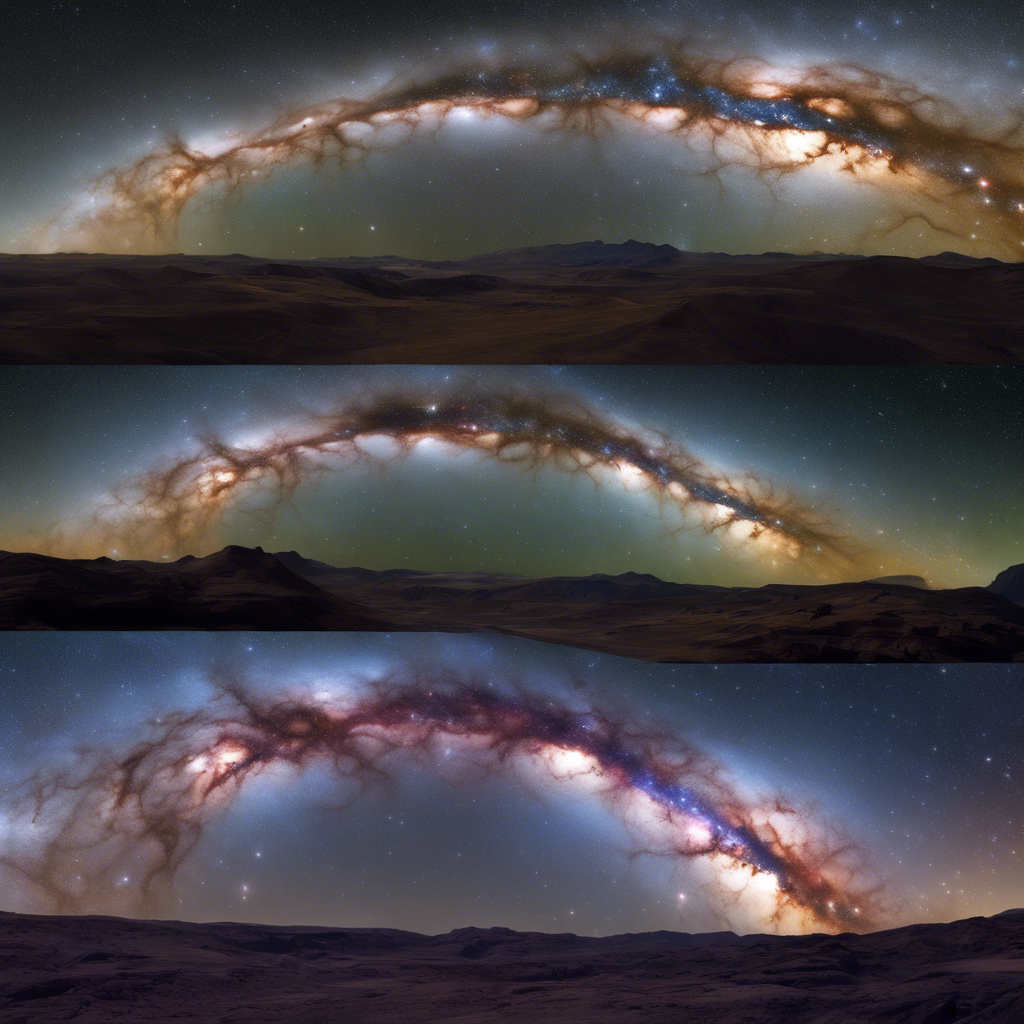Exploring the Enigmatic World of Radio Galaxies and their Extraordinary Features
In the vast expanse of the universe, there exist celestial objects that defy our understanding and captivate our imagination. Among these enigmatic wonders are radio galaxies, a unique type of galaxy that emits powerful radio waves, stretching far beyond their visible structures. These colossal cosmic entities, with their billowing lobes of gas and dust, are home to active galactic nuclei (AGNs) fueled by supermassive black holes. As scientists continue to unravel the secrets of these radio-emitting giants, they are discovering a wealth of knowledge about the formation and evolution of galaxies, the role of black holes, and the intricate workings of the universe itself.
The Dichotomy of Radio Galaxies: Radio Loud vs. Radio Quiet
Within the realm of galaxies with AGNs, a distinction arises between “radio loud” and “radio quiet” phenomena. Approximately 15% to 20% of galaxies with AGNs are classified as “radio loud,” emitting intense radio waves. The California Institute of Technology (Caltech) suggests that the reason behind this dichotomy is not yet fully understood, as other wavelengths of light emitted by both types of AGNs are similar. Some research indicates a correlation between radio loudness and the type of host galaxy, with radio galaxies predominantly found in giant elliptical galaxies, possibly formed through galactic mergers. Another theory proposes that the rotation of the central black hole plays a role in the formation of powerful jets, contributing to radio loudness.
The Extraordinary Structures of Radio Galaxies
The defining feature of radio galaxies is their colossal radio lobes, which extend far beyond the visible structure of the galaxy. These lobes occur in pairs and are created by the AGN’s superheating and feeding on surrounding material, causing it to glow. The most common structure is that of double near-symmetrical elliptical lobes, stretching for thousands of light-years from the AGN. These lobes, aligned with the galaxy’s center, form the largest single structures ever observed by astronomers. In some cases, elongated plumes replace the double lobes in less bright radio galaxies. Notably, radio galaxies like Messier 87 exhibit visible jets emerging from their AGNs, directly entering the galaxy’s plasma plumes, reinforcing the theory of jet-powered growth.
The Power Source of Radio Galaxies: Supermassive Black Holes and Relativistic Jets
The prevailing model for the energy source of radio galaxies involves the jets emitted by supermassive black holes. As the jets feed the lobes, the pressure within them builds, causing them to expand outward. These massive radio lobes are composed of superheated ionized gas known as plasma. The radio wave emissions from the lobes result from synchrotron radiation, generated by electrons accelerated to relativistic speeds by powerful magnetic fields. This radiation is not limited to radio waves but can also be observed across other wavelengths, including infrared, optical, ultraviolet, and even X-ray radiation. The immense power of these emissions can surpass the energy output of the entire Milky Way galaxy.
Unveiling the Origins: The Discovery of Radio Galaxies
The discovery of radio galaxies dates back to the late 1930s and early 1940s when radar operators during World War II accidentally detected them. It took another decade for scientists to comprehend the significance of these celestial objects as radio astronomy advanced. The first radio galaxy ever detected was Cygnus A, discovered by radio astronomer Grote Reber in 1939. Cygnus A remains one of the closest and brightest radio galaxies known, featuring two characteristic lobes emerging from a compact galactic nucleus. Since then, numerous radio galaxies have been identified, including famous examples like Centaurus A and Messier 87.
Conclusion:
Radio galaxies continue to astound and intrigue astronomers, offering valuable insights into the workings of the universe. The dichotomy between radio loud and radio quiet AGNs, the colossal structures of the lobes, and the power source provided by supermassive black holes and relativistic jets all contribute to our understanding of galaxy formation and evolution. As scientists delve deeper into the mysteries of these cosmic powerhouses, they bring us closer to unraveling the secrets of the universe and our place within it.











